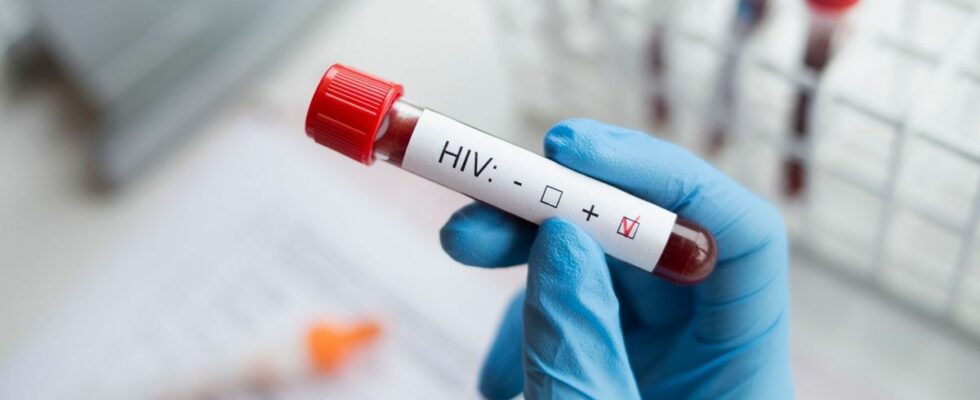Published on
Updated
Reading 2 min.
A seventh case, probable, of cure of HIV after a bone marrow transplant: a 60-year-old German no longer has any trace of the virus in his body, according to research made public Thursday, ahead of the 25th International Conference on AIDS.
The man, who wished to remain anonymous, has been dubbed the “new Berlin patient,” in reference to the first “Berlin patient,” Timothy Ray Brown, the first person declared cured of HIV in 2008, and who died of cancer in 2020.
The sixty-year-old, diagnosed with HIV in 2009, received a bone marrow transplant to treat leukemia in 2015, then was able to stop his antiretroviral treatment at the end of 2018.
Nearly six years later, he no longer has a detectable viral load, according to the researchers, who will present their work in Munich next week.
While they cannot be “absolutely certain” that all traces of the virus have been eliminated, “this patient’s case is very suggestive of a cure for HIV,” Christian Gaebler, a doctor at the Charité hospital in Berlin who is treating the patient, told AFP.
“He feels good and is enthusiastic about contributing to our research efforts.“, he added.
With more than five years of remission, the German “would be close” to being considered cured, Sharon Lewin, president of the International AIDS Society, said at a news conference.
Her case differs from other long-term remissions, she observed.
All but one of the other patients had received stem cells from bone marrow donors with a rare mutation in a gene called CCR5, known to block HIV from entering cells. These donors had inherited two copies of the mutated gene – one from each parent.
The new Berlin patient is the first to receive stem cells from a donor who inherited only one copy, a much more common configuration that raises hopes for more potential donors.
This case is also “promising” because it suggests that it is not necessary to get rid of every piece of the mutated gene for the therapy to work, Dr. Lewin said.
The “Geneva patient”, revealed in 2023, is another exception: he received a transplant from a donor who did not have any mutation of this gene.
With less than 1% of the general population carrying this protective HIV mutation, it is very rare for a compatible bone marrow donor to have this mutation.
And while these cases fuel the hope of one day overcoming HIV, a bone marrow transplant remains very difficult and risky, unthinkable for the majority of carriers of the virus.

